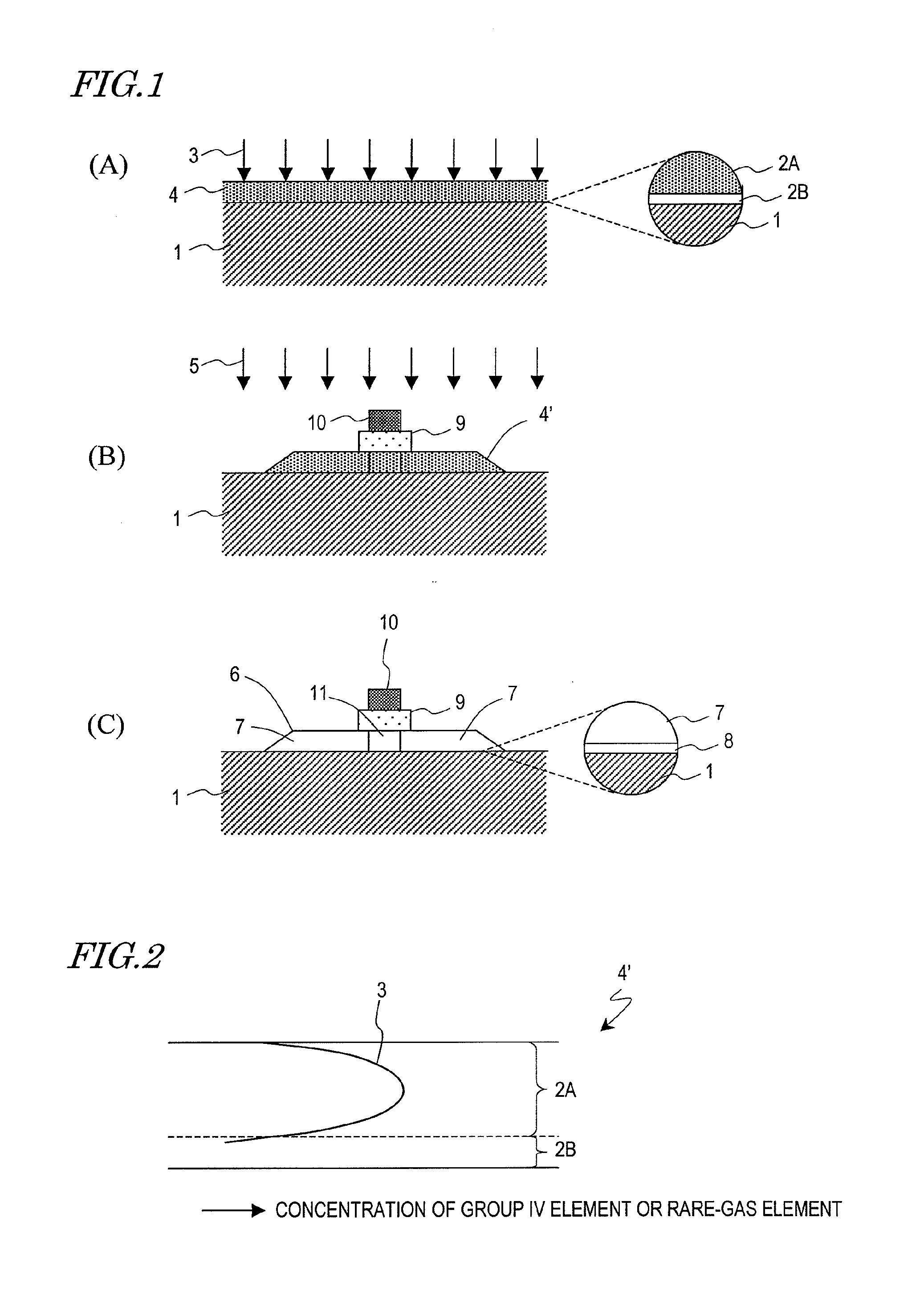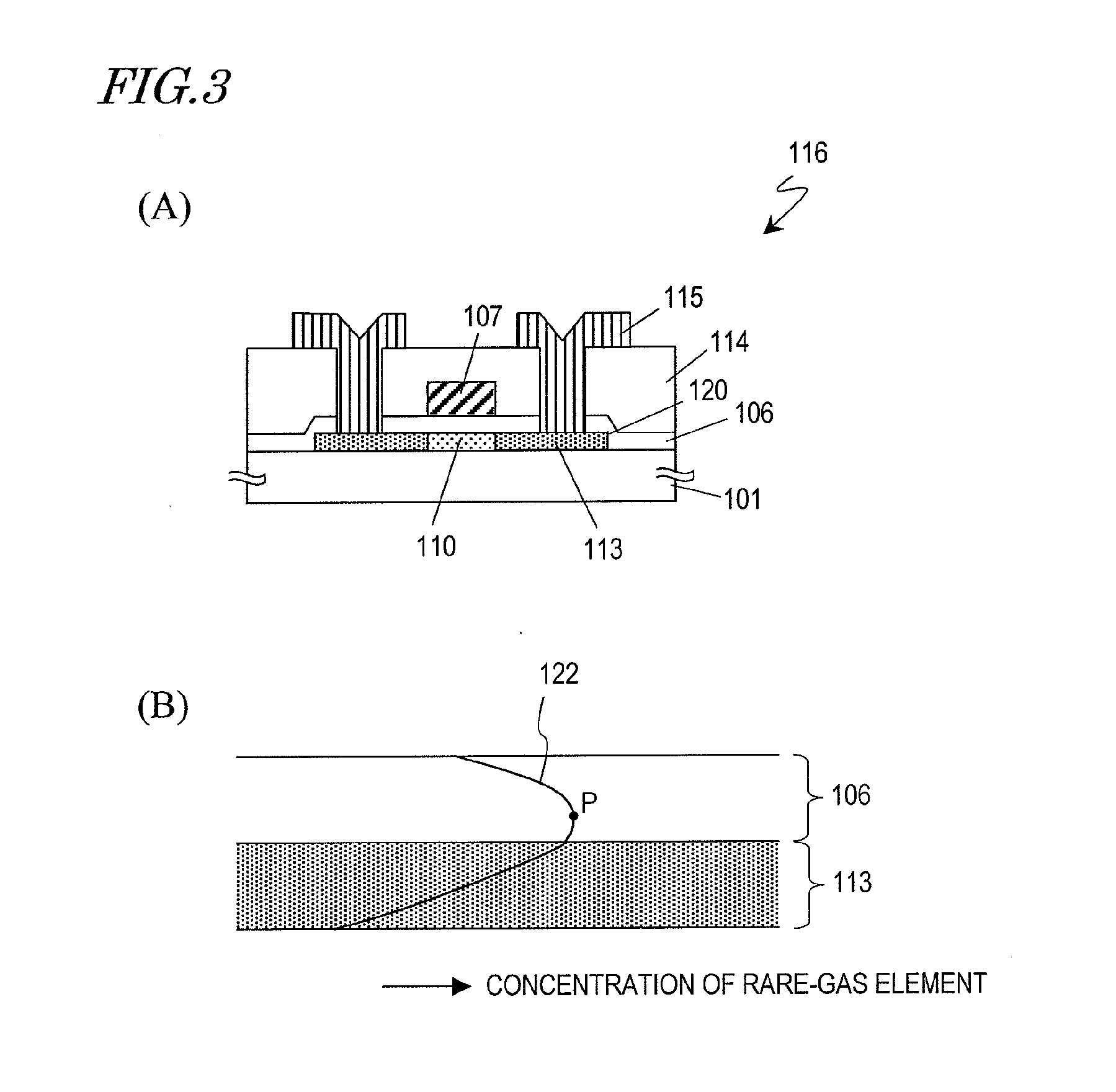Semiconductor device provided with thin film transistor and method for manufacturing the semiconductor device
- Summary
- Abstract
- Description
- Claims
- Application Information
AI Technical Summary
Benefits of technology
Problems solved by technology
Method used
Image
Examples
embodiment 1
[0113]FIGS. 6(A) through 6(H) are schematic cross-sectional views illustrating respective manufacturing process steps to fabricate a thin-film transistor as a first specific preferred embodiment of the present invention. In the Following description of the first preferred embodiment, it will be described how to fabricate a p-channel TFT with a top gate structure on a glass substrate. The TFT of this preferred embodiment can be used not only as a pixel switching element or a driver circuit component for an active-matrix-addressed LCD or an organic EL display device but also as a component of a thin-film integrated circuit.
[0114]First of all, as shown in FIG. 6(A), an undercoat film 152 of silicon dioxide is deposited by plasma CVD process, for example, to a thickness of approximately 100-500 nm on a glass substrate 151, and then an intrinsic (i-type) amorphous silicon (a-Si) film 153 is deposited to a thickness of approximately 20-80 nm (e.g., 50 nm) thereon.
[0115]The undercoat film ...
embodiment 2
[0134]Hereinafter, a second specific preferred embodiment of the present invention will be described with reference to the accompanying drawings. In the following description of the second preferred embodiment, it will be described how to fabricate a circuit with a CMOS structure, in which an n-channel TFT and a p-channel TFT are arranged to operate complementarily with each other and which will be used as a peripheral driver circuit for an active-matrix-addressed LCD or an ordinary thin-film circuit, on a glass substrate.
[0135]FIGS. 8(A) through 8(G) are schematic cross-sectional views illustrating respective manufacturing process steps to fabricate an n-channel TFT and a p-channel TFT according to this preferred embodiment.
[0136]First of all, as shown in FIG. 8(A), first and second undercoat films 202 and 203 are deposited in this order on the surface of a substrate 201 to prevent impurities from diffusing from the glass substrate. And then a silicon film with an amorphous structu...
embodiment 3
[0157]Hereinafter, a third preferred embodiment of the present invention will be described with reference to the accompanying drawings. In the preferred embodiments of the present invention described above, TFTs with a top gate structure are fabricated. On the other hand, the preferred embodiment to be described below is a method for fabricating a p-channel TFT with a bottom gate structure on a glass substrate. The TFT of this preferred embodiment can be used not only as a pixel switching element or a driver circuit component for an active-matrix-addressed LCD or an organic EL display device but also as a component of a thin-film integrated circuit.
[0158]FIGS. 10(A) through 10(H) are schematic cross-sectional views illustrating respective process steps to fabricate a p-channel TFT according to this preferred embodiment.
[0159]First, as shown in FIG. 10(A), a gate electrode 302 is formed on a glass substrate 301. Considering its thermal resistance that the metal film will have to exhi...
PUM
 Login to View More
Login to View More Abstract
Description
Claims
Application Information
 Login to View More
Login to View More - R&D
- Intellectual Property
- Life Sciences
- Materials
- Tech Scout
- Unparalleled Data Quality
- Higher Quality Content
- 60% Fewer Hallucinations
Browse by: Latest US Patents, China's latest patents, Technical Efficacy Thesaurus, Application Domain, Technology Topic, Popular Technical Reports.
© 2025 PatSnap. All rights reserved.Legal|Privacy policy|Modern Slavery Act Transparency Statement|Sitemap|About US| Contact US: help@patsnap.com



